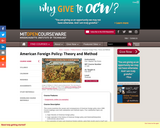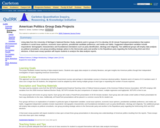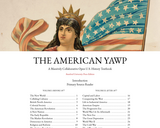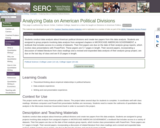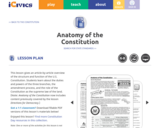
The papers of Alexander Hamilton (ca. 1757-1804), first treasury secretary of the United States, consist of his personal and public correspondence, drafts of his writings (although not his Federalist essays), and correspondence among members of the Hamilton and Schuyler families. The collection, consisting of approximately 12,000 items dating from 1708 to 1917, documents Hamilton's impoverished Caribbean boyhood (scantily); events in the lives of his family and that of his wife, Elizabeth Schuyler Hamilton; his experience as a Revolutionary War officer and aide-de-camp to General George Washington; his terms as a New York delegate to the Continental Congress (1782-1783) and the Constitutional Convention (1787); and his careers as a New York state legislator, United States treasury secretary (1789-1795), political writer, and lawyer in private practice. Most of the papers date from 1777 until Hamilton's death in 1804. Additional details may be found in the collection's finding aid (HTML and PDF versions).
Speeches and Writings, 1778-1804 (Reels 21-23)
Drafts, copies, and notes of reports; political essays, speeches, New York legislative acts, and more composed by Hamilton from the American Revolution until his death. Of note is an outline of the speech he delivered at the Constitutional Convention on June 18, 1787; his notes on debates and speeches at New York's ratifying convention, June 1788; drafts of the four major economic reports he wrote as treasury secretary (on public credit, creation of a national bank, establishment of a mint, and development of manufacturing); drafts of the speeches he wrote for George Washington, including Washington's 1796 farewell address; notes he took at New York's constitutional convention of 1787; and drafts of some of his political essays. None of Hamilton's Federalist essays are included.
- Subject:
- Civics and Government
- Social Studies
- Material Type:
- Primary Source
- Date Added:
- 05/17/2023

